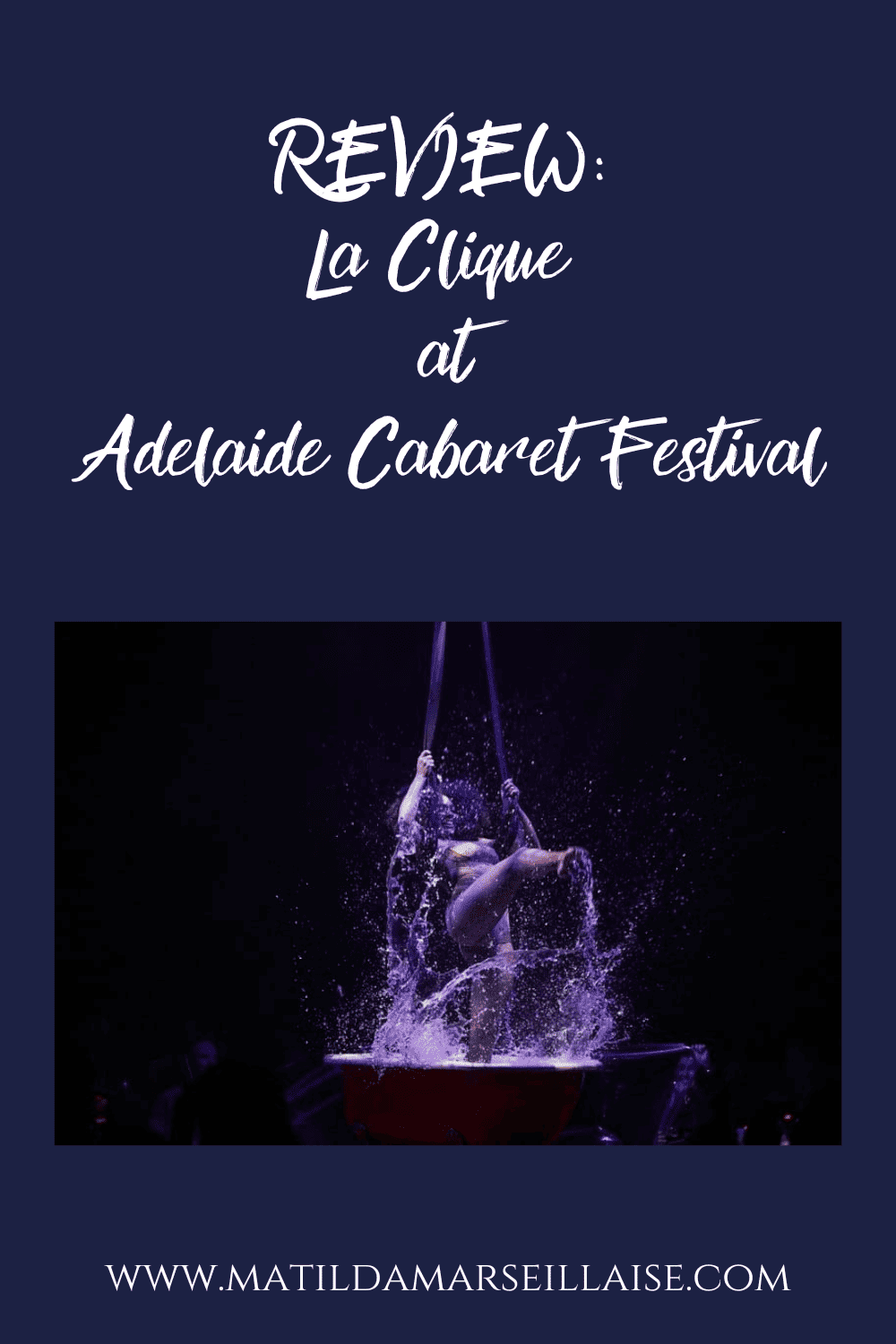Candide played to a full house at Her Majesty’s Theatre last night in a spectacle of absurdity, colour and brilliance. It’s so hard to know where to start with reviewing this performance because there are so many noteworthy aspects to mention. Candide is a show which is rarely staged in Australia and for that reason alone is well worth seeing but as we reveal below this joint production of Candide is an absolute must-see.

For those unfamiliar with the story, Candide is a young man who, along with Cunegonde, Maximillian and Paquette, has been taught by Dr Pangloss that this world “is the best of all possible worlds”. Upon being caught kissing Cunegonde, who is the Baron’s daughter, Candide is banished into the big outside world alone. His eternal optimism is challenged through absurd, and to the rest of the world unfortunate, circumstances and upon learning that Cunegonde is, in fact, alive, and not dead as he had been led to believe, Candide will stop at nothing to marry her.
The tone for the evening is set early on when the narrator, Mitch Butell, tells us that this version of Candide is not to be confused with Voltaire’s novella in which no one sings, whereas in this, Bernstein’s, Candide, everyone insists upon it.
This joint production between State Opera South Australia and State Theatre Company South Australia is their first in 10 years. It features a stellar cast. Alexander Lewis as Candide is surely the best of all possible performers for the role. Not only does he have an outstanding voice whether it be for solo or duet numbers, he is wonderfully expressive portraying the various emotions and naivety of Candide.
Annie Aitken as Cunegonde shines and shows her vocal talent as she soars to, and holds, the high notes in Candide. In the Adelaide production of Candide, Aitken reprises the role she played for the Sydney Philharmonia Choirs performance of Candide for which she won the Best Lead Actress – Opera title from Broadway World Award. Based on her stellar performance last night, we can see why she was awarded it. She performs the infamously difficult song “Glitter and be Gay” while putting on quite an amusing visual performance for the audience with a few surprises.

Even Adelaide’s own, via Germany, Hans gets to make his operetta debut in the role of Maximillian. We had been a little concerned that Hans may overshadow the rest of the cast with his big personality and stature but were pleasantly surprised to see that he fit right in. His campness suited the vanity of Maximillian to a T. And in a performance as absurd as this, Hans is perfect for the role.
Just when you thought Candide couldn’t be any more absurd, enter Caroline O’Connor who turns the absurdity up to 11. The Narrator introduces her as “The Old Lady” which sees her backstep, whisper in his ear, and have him change that introduction to introduce her instead as Caroline O’Connor. It’s hard to take your eyes off O’Connor when she’s performing. She truly is a powerhouse, not just of song but of comedic acting and her 40 year career on Broadway and London’s West End is evident.

Mitchell Butel, Artistic director of the State Theatre Company of South Australia, and co-director of this production of Candide (with Amy Campbell) steps into the roles of both Dr Pangloss and the Narrator with ease. Dr Pangloss finds himself in increasingly unfortunate circumstances yet still abides by his philosophy that this is the best of all possible worlds. He declares that having syphilis (the deformities from which are shown by him wearing a metal beak on his nose) is not such a bad thing because that’s a New World disease and we wouldn’t have chocolate or potatoes without the New World.
This joint production of Candide is massive. The chorus spread across the entire back of the stage in two rows. In Candide, the 30 strong State Opera Chorus is supplemented by 40 students from the Elder Conservatorium of Music as part of their work integrated learning program.
Co-director Amy Campbell is also the choreographer for Candide and has done a wonderful job in having the performers scale up the absurdity of their performances. In the auto-da-fé scene, Campbell has perfectly choreographed the menacing masked characters in a dance around Pangloss and Candide, all the while the chorus sings “oh what a day for an auto-da-fé”. The whole of the chorus at the back of the stage then join the masked characters in doing the same head side to side movement as the characters on stage. Seeing the same movement across the whole of the back of the stage was quite visually striking.
The fourth wall is not just broken but is smashed down throughout Candide. Characters relishing applause from the audience after their songs, Anthony Hunt, the conductor of the Adelaide Symphony Orchestra, even butting in at one point. The Narrator sarcastically suggests that in Voltaire’s time there was fierce nationalism and fighting over religion and ethnicity, something today’s audiences clearly couldn’t imagine.

Set realiser’s Ailsa Paterson’s vision is fantastic. The chorus are on an elevated platform at the very back of the stage. The orchestra take up the majority of the floor. However, the very front of the stage and the elevated section between orchestra and chorus are able to be, and are, used by the characters in Candide. Polka dots are a theme present throughout the set (and even Candide’s bowtie) with the side panels of the stage being painted with colourful circles on a black background. This carries through to the podium from which the Narrator speaks. 7 white cubes line the front of the stage for the beginning of the performance before being moved into various structures throughout. They become seats, benches, or even casino gambling machines.
Lighting Designer, Gavin Norris, has taken the polka dot theme further with the stage lit by big balls of bursting colour, which change colour for various scenes throughout the show. The cubes mentioned above also reveal themselves to be colour changing lights. We are transported to the mythical El Dorado simply by the appearance of two large lights in the shape of palm trees on set.
The costumes designed by Brendan de la Hay are lavish and at times completely ridiculous – the Paris fashionistas in their hoop cage skirts for example. Candide is dressed almost as a schoolboy with knee high socks, patchwork shorts, a shirt and bow tie. Throughout the production, Annie Aitken is dressed in a pale purple strapless gown which has even more ruffles than an 80s ra-ra skirt.

There is a lot of humour in this production of Candide and you will leave Her Majesty’s Theatre with your cup full. This production of Candide is an absolute must-see. It may well be the best of all possible shows. Strap yourself in because this is a wild ride. Only 3 shows left so don’t miss out!
![]()
5 CROISSANTS
Matilda Marseillaise was a guest of State Opera South Australia and State Theatre Company South Australia
KEY INFO FOR CANDIDE
WHAT: Candide, a joint production from State Opera of South Australia and State Theatre Company of South Australia
WHERE: Her Majesty’s Theatre, ADELAIDE
WHEN: Only three performances remain:
Friday 24 May 7:30pm
Saturday 25 May 2:00pm; and
Saturday 25 May 7:30pm
HOW: Purchase your tickets via this link
HOW MUCH: Ticket prices range from $75 for C Reserve to $159 for Premium seats. There is also a one-off service fee of $9.55 per transaction.
Want more Candide? Read our interview with Alexander Lewis who plays Candide





